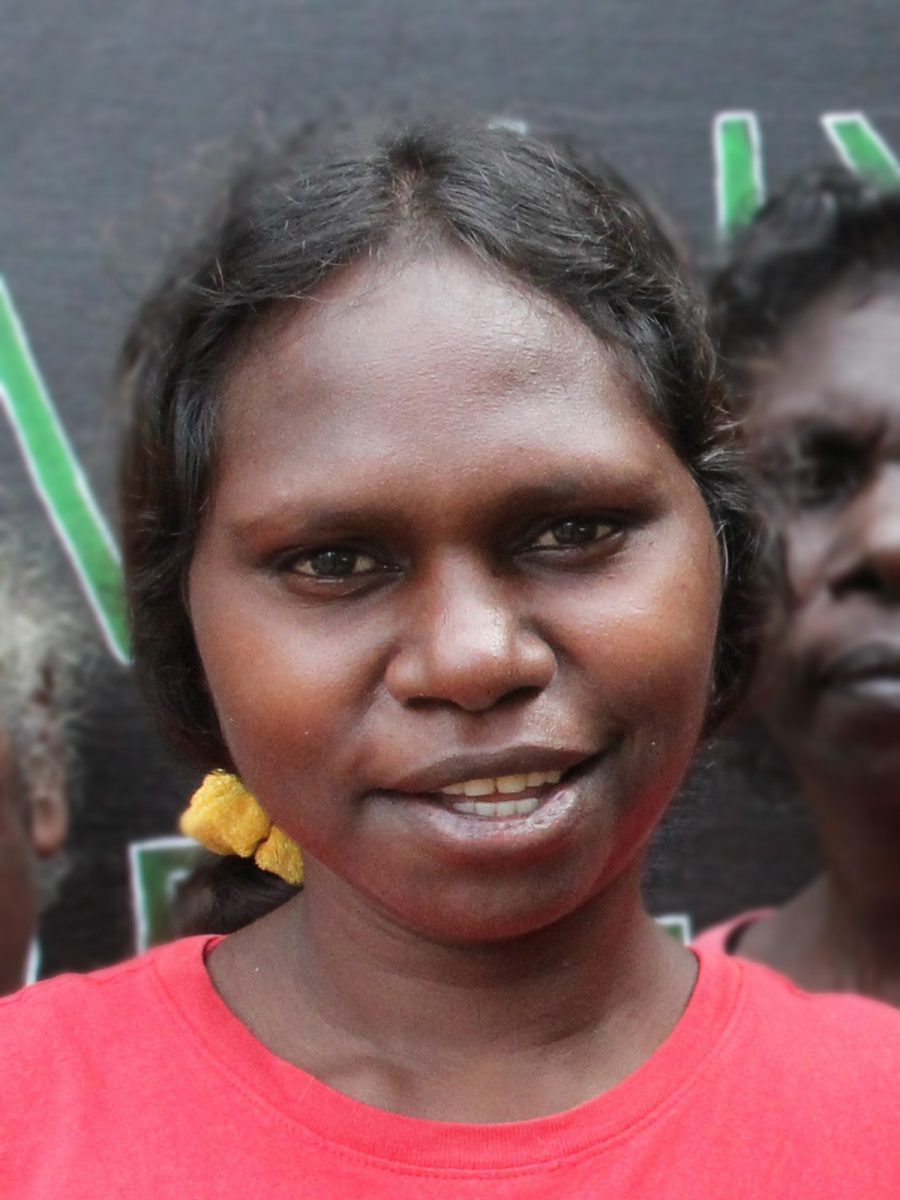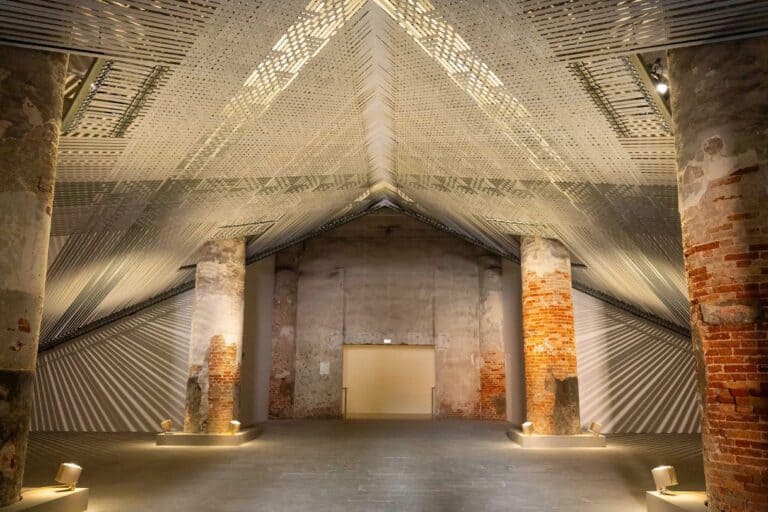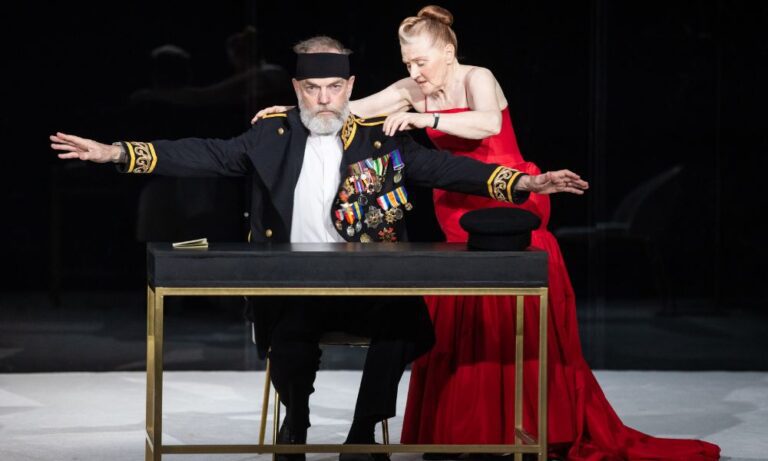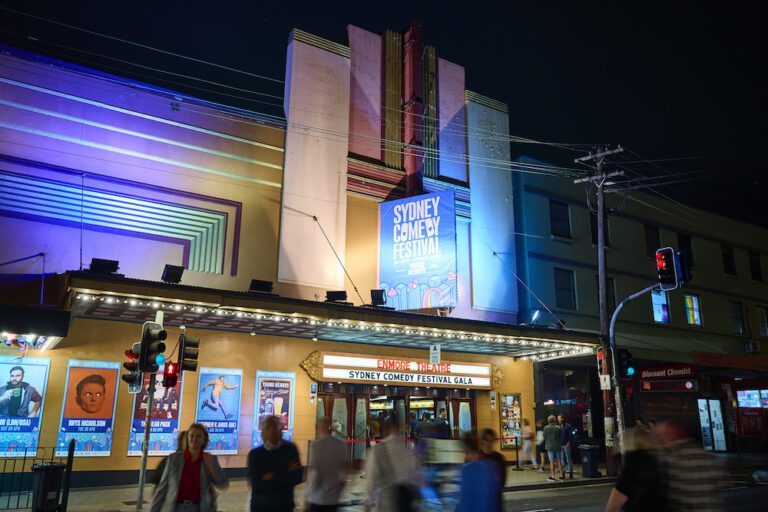What does it mean to you to be part of the National Indigenous Art Fair?
I have never been to Sydney before, so I’m excited to be at a big art fair for the first time, where I can meet other artists and learn from them. I can also show them my skills as a weaver and jewellery maker. It will be exciting to meet buyers in person.
How did you first become interested in art?
I became interested as a child. I would watch my mum, Lucy Malirrimurruwuy Wanapuyngu, weaving with the other women in the community. My mum taught me to weave when I was 16. I learned from her, got all the knowledge and put it in my mind.
What is your preferred medium or artistic style?
I make and paint seed and gumnut jewellery. I also hand weave baskets, mats and dilly bags out of pandanus, which I make with coil and twining techniques. It’s inspired by our traditional weaving. With the mats and dilly bags, there are different names for the styles. There is buyu-buyu which means smooth when it’s a closed, tight mat or basket. Another is mel style (eye), an open technique that makes a mat with holes in it that look like eyes.
I taught myself jewellery making, and I know how to do all the colours and patterns for that. Jewellery making is my preferred medium because it’s easier on the hands. And I like collecting seeds, gumnuts, shells, and even shark bones from my cousins. I use acrylic paint to decorate the nuts and seeds. I don’t have to struggle to get the materials and colours, which you sometimes have to do with weaving.
My son Ryan always asks if he can do the seed painting for me. I always say yes, you can, but you mustn’t mix the colours, you must do what I show you to do.
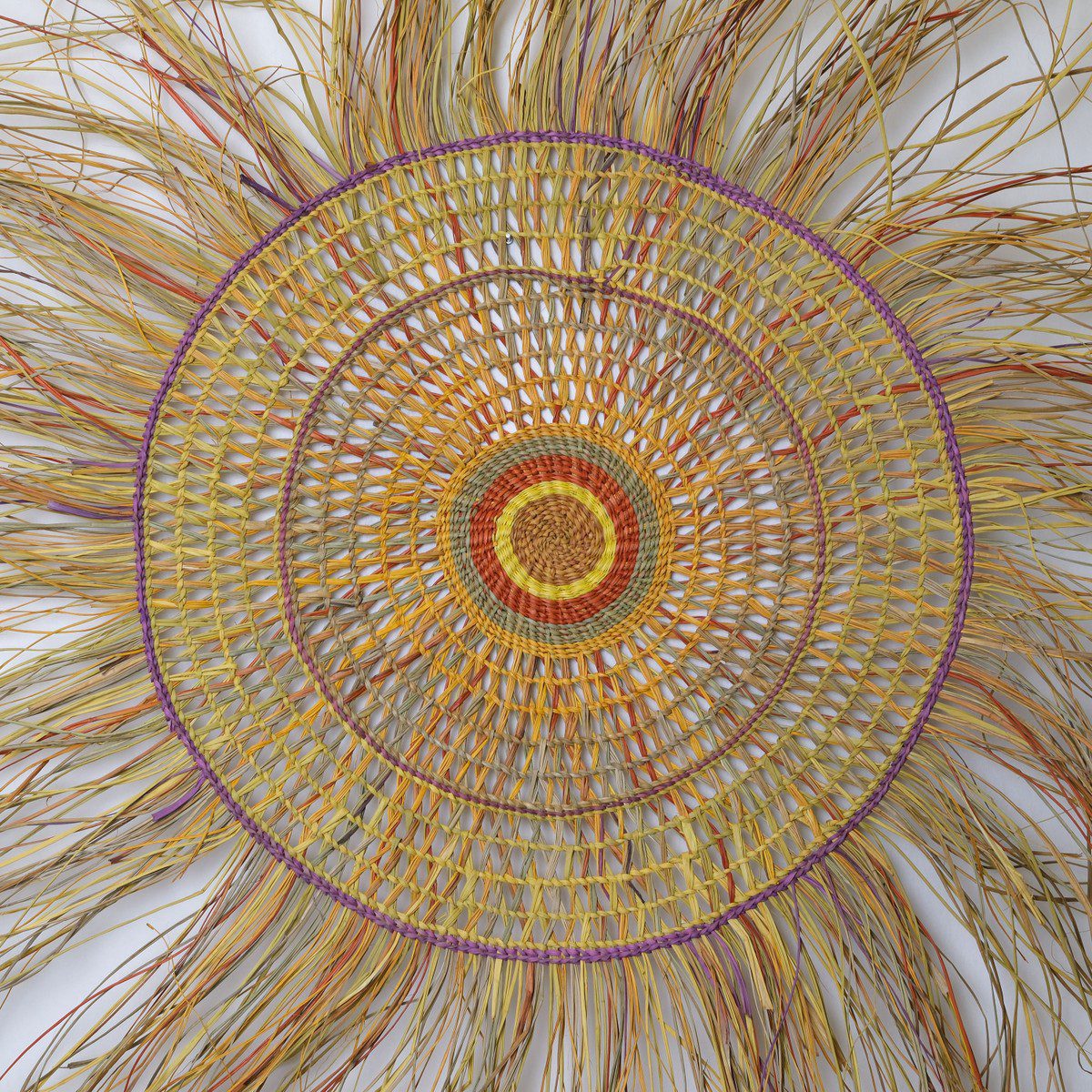
Can you describe your creative process?
It just comes through and out depending on how I feel that day. With weaving, it’s organic. It will depend on the materials and colours collected. Some days when I’m weaving a basket, I might make it with colour, and I will think, let’s use red. But on other days, I might choose to make a plain basket. It all depends. I usually work on my own, but sometimes I work with other women where we can talk and collaborate.
How does your Indigenous heritage influence your artwork?
I look at what my mother, grandmother and other ladies in the community did when it comes to their work. Then I build on that with my own style. I find inspiration in the world around me and those colours we find in the bush.
Can you share any traditional art forms or techniques that you incorporate into your work?
I make dilly bags which were used to collect food. Before, the baskets, dilly bags and mats we made were part of traditional life and were functional in the home or for ceremonies. But today, we make them to earn an income and sell them to visitors who like Indigenous art and craft.
The first dilly bag I made was orange, yellow and purple. I love those colours. The purple maybe came from my Aunt Penny. The yellow colour we collect from bush roots. The white is undyed pandanus which we split and boil in the hot water and add a little bit of salt to make it strong. We use coconut ashes mixed with yellow to make red, and we get black and grey from the marble tree.
One time we had a birthday party, and a green crepe streamer fell into one of the pots of dye. It made a wonderful shade of green. I thought: I’m going to use that. People are always asking me how to make that green colour, but I say it’s a secret. Now I’m always asking Trevor at the art centre to get me more party streamers!
So, some colours come from the shop and some from the bush. My colour wheel is always strong and bright.
How do you navigate the balance between honouring traditional practices and expressing your own unique artistic voice?
I would say I follow the traditions of my ancestors, but I have also found my own way to make jewellery and weaving in a contemporary fashion. I like to focus on the now, but the traditions are always at my back and give me strength.
Can you describe any mentors or influences who have inspired your creative journey?
My mother and grandmother, but also an older lady called Nancy Guyula. When I made my first dilly bag, it wasn’t so good, so she helped me fix it and the colours. She used to make things for the missionaries to sell, so she was very good at what she did. She helped me a lot to think about my work.
What challenges do you face as an artist?
Recently, I got a cyst on my hand, and it stopped me from weaving for a few months. That affected my income. I had to wait for it to heal. Lots of weavers get this. Sometimes it gets busy at home with my son, but I have my brother and family members to help me.
Another challenge is getting the kind of weaving I do respected in the art world. Many people think what we do is just women’s work. But it should be seen as art.
Are there any specific places or environments that inspire your artwork?
It starts in my front yard. That’s where I work with my mother and aunties. I like it because we can talk and chat with all the people passing by. That inspires me to work.
How would you like to be remembered?
I want other people to weave and make jewellery after me. I’ll be doing this until I’m old, and I will show others how to do it. I’ll also be a teacher for my brother’s kids because I know how to collect and split the pandanus, collect all the bush dyes and dye all the colours.
One day I will make a special necklace, earrings and bracelet set that I will put on the wall. When I’m gone, my son can tell stories about how he remembered me making my jewellery and weaving. He’ll be able to point to that jewellery and say my mum made that. And then he’ll be able to talk to people about how I used to work and tell my stories.
Event: The National Indigenous Art Fair
Date: Saturday 1 July – Sunday 2 July 2023
Time: 10.00am – 5.00pm
Location: Overseas Passenger Terminal, 130 Argyle St, The Rocks, Sydney
Entry: Entry by gold coin donation
Website: niaf.com.au
Facebook: facebook.com/


